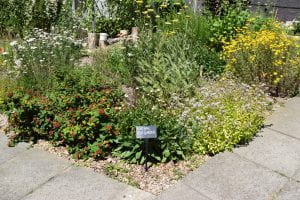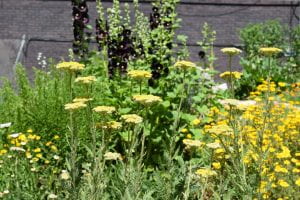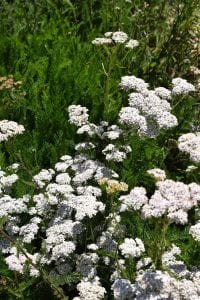Author Archives: Helen Bookbinder
Safflower harvest
The Garden in 2019
Woad Dyeing

The woad leaves are torn up and boiling water is poured over them. This stew is left for an hour to get the colour out of the leaves.

The sherry colour liquid is processed by first adding some washing soda to make it ph9-10 and then oxygen is both added and removed.

















